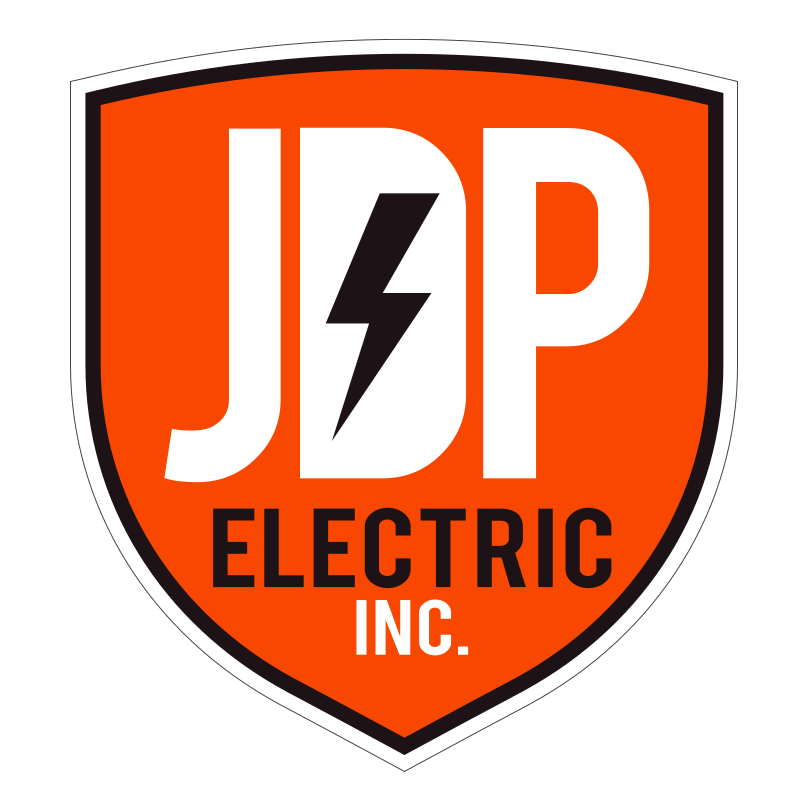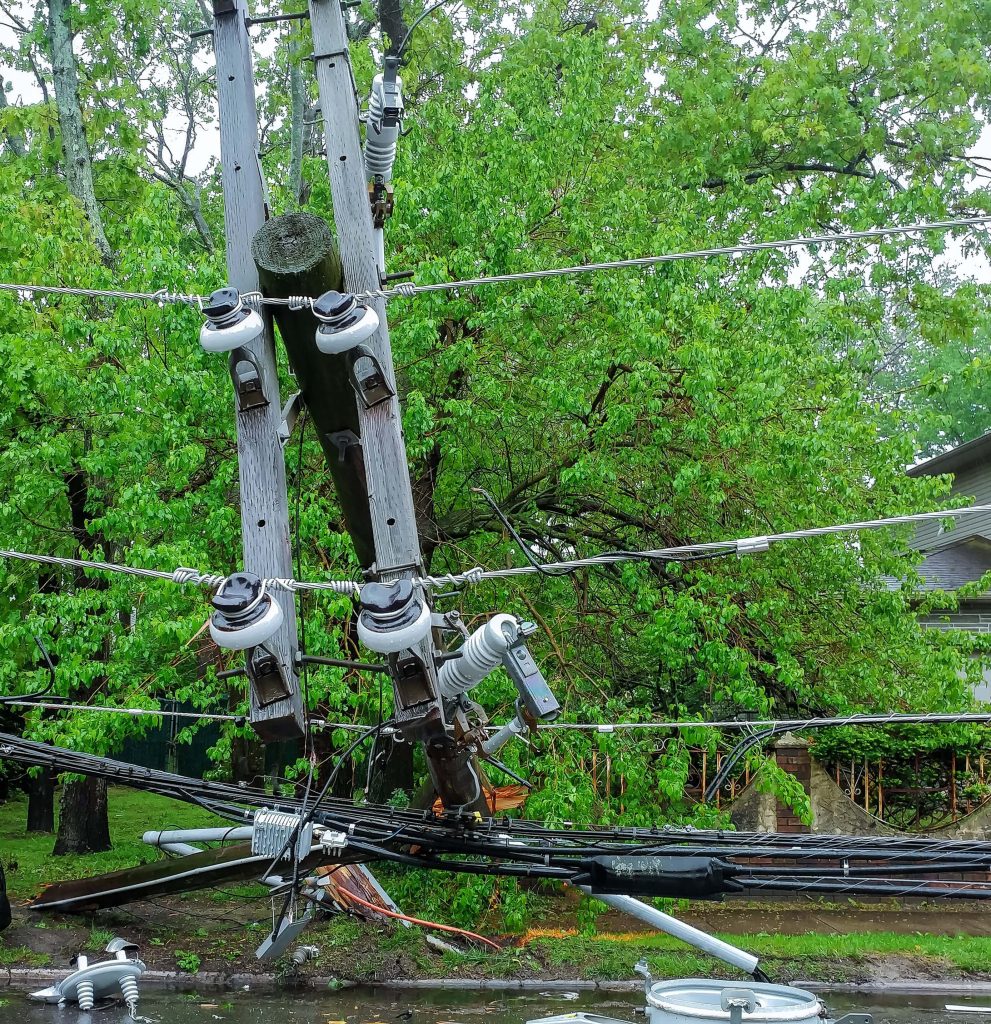If you’re dealing with sudden power loss, burning smells, or breakers that won’t reset, you want clear steps and fast help. This guide explains how emergency electrical professionals approach outages and safety failures—and what you can do right now to protect people and property.
Quick safety note: If a power line is down, stay back at least 10 metres (about a school bus length) and call 911 and your local utility immediately. Treat every line as live.
1) Safety First: Control the Scene and Confirm Hazards
The first minutes matter. A 24/7 emergency team will ask what you see, smell, and hear to identify immediate risks—smoke, arcing, or water near electricity. They’ll walk you through safe steps while they’re en route.
Downed lines, fire, and shock risks
- If there’s a downed line, keep everyone 10 metres away; call 911 and the utility. Do not approach, drive over, or touch anything in contact with the line.
- If you smell burning around outlets or the panel, keep distance, shut the main breaker only if it’s safe to reach, and wait for a pro.

- If anyone is injured, call 911 immediately.
What you can safely do while you wait
- Use flashlights instead of candles to reduce fire risk. Unplug sensitive electronics and switch appliances off so they don’t all restart at once. Check on neighbours who may need help. The Canadian Red Cross offers clear guidance for household safety during outages. Canadian Red Cross
2) Rapid Diagnosis: Utility vs. Building Fault
Once on site, the electrician determines whether the failure is on the utility side (feed, meter, service drop) or inside the building (service equipment, panel, branch circuits, devices).
How pros isolate the problem
- Visual and meter tests at the service mast/meter, main disconnect, and panel to see if power is available and balanced across phases.
- Breaker and circuit checks to find tripped devices, overheated connections, or faults causing repeated trips.
- Critical loads (sump pumps, refrigeration, boilers, life-safety) are prioritized for restoration and temporary supply if possible.
- If it’s a utility outage, you’ll be directed to the outage channels and the crew will focus on site safety and preventing secondary damage. Government guidance encourages households to have a plan and basic supplies so you can safely ride out utility-side outages.
Fast actions you’ll often see
- Labelled isolation of damaged circuits.
- Infrared or contact temperature checks at lugs and breakers.
- Surge checks on sensitive equipment.
3) Make-Safe Actions & Temporary Restoration
After triage, the focus shifts to making the area safe and restoring as much power as is responsible.
Typical make-safe steps
- Isolate damaged circuits so the rest of the building can be re-energized.

- Replace failed breakers or devices that have clearly failed, and secure any exposed conductors or enclosures for the night.
- Temporary restoration for critical systems (lighting for egress, refrigeration, boilers, point-of-sale) using existing healthy circuits or approved temporary feeds.
Load balancing and surge protection
- If the root cause is overload, the electrician may redistribute loads, separate space heaters or seasonal equipment, and recommend longer-term upgrades.
- Following outages and storms, surge events can damage electronics. Pros may recommend whole-home or panel-level surge protection going forward.
If the service equipment is compromised
- When meters, masts, or service conductors are damaged (for example by weather), the electrician will coordinate with the utility. You’ll be advised to keep distances from any damaged lines or equipment—remember the 10-metre rule for downed power lines.
4) Corrective Repairs to Code (and Why It Matters)
After the emergency phase, the goal is to correct the underlying issue to code so the problem doesn’t return.
Common corrective work
- Replacing overheated breakers or conductors and tightening/torquing lugs to specification.
- Repairing damaged devices or junctions discovered during diagnostics.
- Addressing missing or failed GFCI protection in applicable locations to reduce shock risks outdoors and near moisture. (Ontario’s Electrical Safety Authority guidance requires GFCI protection for outdoor receptacles within 2.5 m of grade—a common gap found during emergency calls.)
Why the license matters
Only Licensed Electrical Contractors can legally do electrical contracting work in Ontario. Always verify the license on ESA’s Find a Contractor tool before authorizing repairs—especially after hours.
J.D. Patrick Electric is an ESA-Licensed Electrical Contractor (Licence #7012576) serving London and area. JD Patrick Electric
5) Hardening for the Next Event
Once power is stable, pros help you plan to minimize future disruptions.
Practical prevention
- Identify recurring overloads (space heaters, portable ACs, large kitchen appliances on the same circuit) and re-distribute or add circuits.
- Inspect exterior equipment (mast, meter base, service entrance cables) and trim trees near service lines professionally—stay clear of any lines yourself and call the utility for hazards. Utilities and ESA stress staying 10 metres from downed lines and several metres from overhead lines.
72-hour readiness
- Canada’s emergency guidance encourages households to plan for 72 hours of self-sufficiency (medications, water, lights, power banks, and a communication plan). Start with the official Get Prepared checklist.
- For household safety during outages—what to shut off, what to use, and how to support vulnerable people—review the Canadian Red Cross overview on power outages. Canadian Red Cross
When to call a 24 hr electrician
Call immediately if you notice:
- A downed line nearby or on your property. (Keep back 10 m and call 911/utility.)
- Burning odours, smoke, sizzling, or sparking at outlets/switches/panels.
- Repeated breaker trips or heat at the panel or devices.
- Partial power or lights brightening/dimming (possible neutral or service issue).
- Water ingress near electrical equipment.
- Shock when touching appliances or taps.
Get fast help in London, ON
If you need emergency electrical service now, reach out: Emergency Electrical Services → Contact J.D. Patrick Electric.
FAQs
How far should I stay from a downed power line?
At least 10 metres—assume every downed line is live. Keep others back, call 911 and your utility, and wait for trained crews.
Is it legal to do my own emergency wiring in Ontario?
Electrical contracting must be performed by a Licensed Electrical Contractor. Verify licenses using ESA’s public lookup before hiring.
What can I safely do during an outage while I wait?
Use flashlights, unplug sensitive devices, keep refrigerator and freezer doors closed, and check on neighbours who may need help. See the Canadian Red Cross guide for more tips. Canadian Red Cross
Why did my breaker trip after power returned?
Simultaneous restarts and underlying faults/overloads are common. A licensed pro can isolate the circuit, test devices, and correct issues to code.
Do I need GFCI outdoors?
Yes—Ontario rules require GFCI protection for outdoor receptacles within 2.5 m of grade. An electrician can test and upgrade where missing.

